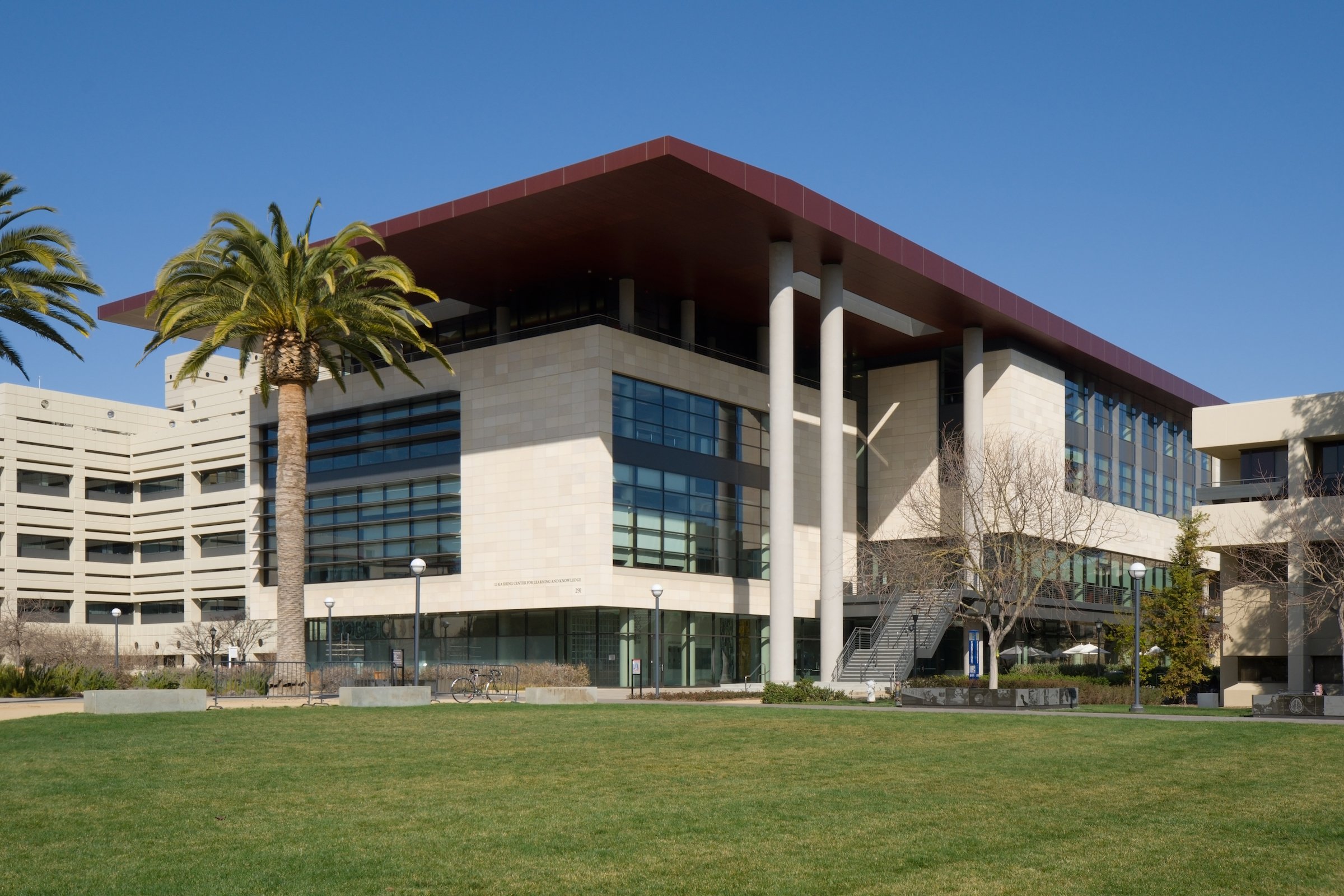On Thursday, a team led by assistant professor of bioengineering Stanley Qi released a study on a new form of gene-editing technology known as Clustered Regularly Interspaced Short Palindromic Repeats genome organization, or CRISPR-GO, which allows scientists to move pieces of DNA within a cell nucleus. In contrast, previous CRISPR technology has been used to “cut” and “paste” sections of the genetic code within individual pieces of DNA.
Qi’s team gained the ability to relocate pieces of DNA by modifying a known CRISPR protein. Use of CRISPR-GO allows scientists to alter not only the location, or the “address,” of genetic code, but also – as a result – the function of the code. Although past studies have indicated where in the nucleus DNA tends to accumulate, the means by which DNA location affects DNA function are unclear.
“We’re very excited about the potential here and, while we’ve answered a couple questions, we’ve opened up about 20 more,” Qi told the Stanford Medicine News Center.
According to Qi, CRISPR-GO consists of three main elements: the address of the genetic target to be relocated, the destination address of the target and the “bridge,” a catalyst that assists in movement of the target to the destination address.
“Kids often like to build little railroads to help trains get from one station to another,” Qi told Stanford Medicine. “It’s not so different from what we’re doing here.”
Qi’s team identified specific compartments and free-floating protein bodies in the nucleus that can impact function of relocated DNA. Certain nuclear regions may repress gene expression or accelerate cell division depending on the location of genetic material. To conceptualize the varying roles among nuclear compartments, Qi points to the varying roles of different rooms in a house.
Cindy Nguyen ’19; Ph.D candidates Yuchen Gao and Nathan Kipniss M.S. ’14; postdoctoral fellows Timothy Daley, Xiaoshu Xu, Yanxia Liu, Xueqiu Lin and research scientist Marie La Russa are co-authors of Thursday’s study. Postdoctoral scholar Haifeng Wang is the lead author. Qi noted that the team’s CRISPR-GO research remains in a pilot phase and calls for more testing before being incorporated into health care.
“Further investigation is required to study how CRISPR-GO affects the transcription, epigenetic status, and local chromatin structure of nearby and distal genes,” the study reads. “Altogether, the ability to use CRISPR-GO to control repositioning of target DNA to diverse nuclear compartments offers a systematic approach to investigate these questions and provides a novel method for programmable gene regulation.”
This post has been updated to reflect that Timothy Daley, Xiaoshu Xu, Yanxia Liu and Xueqiu Lin are postdoctoral fellows — not Ph.D. candidates — at the University. The Daily regrets this error.
Contact Holden Foreman at hs4man21 ‘at’ stanford.edu.
